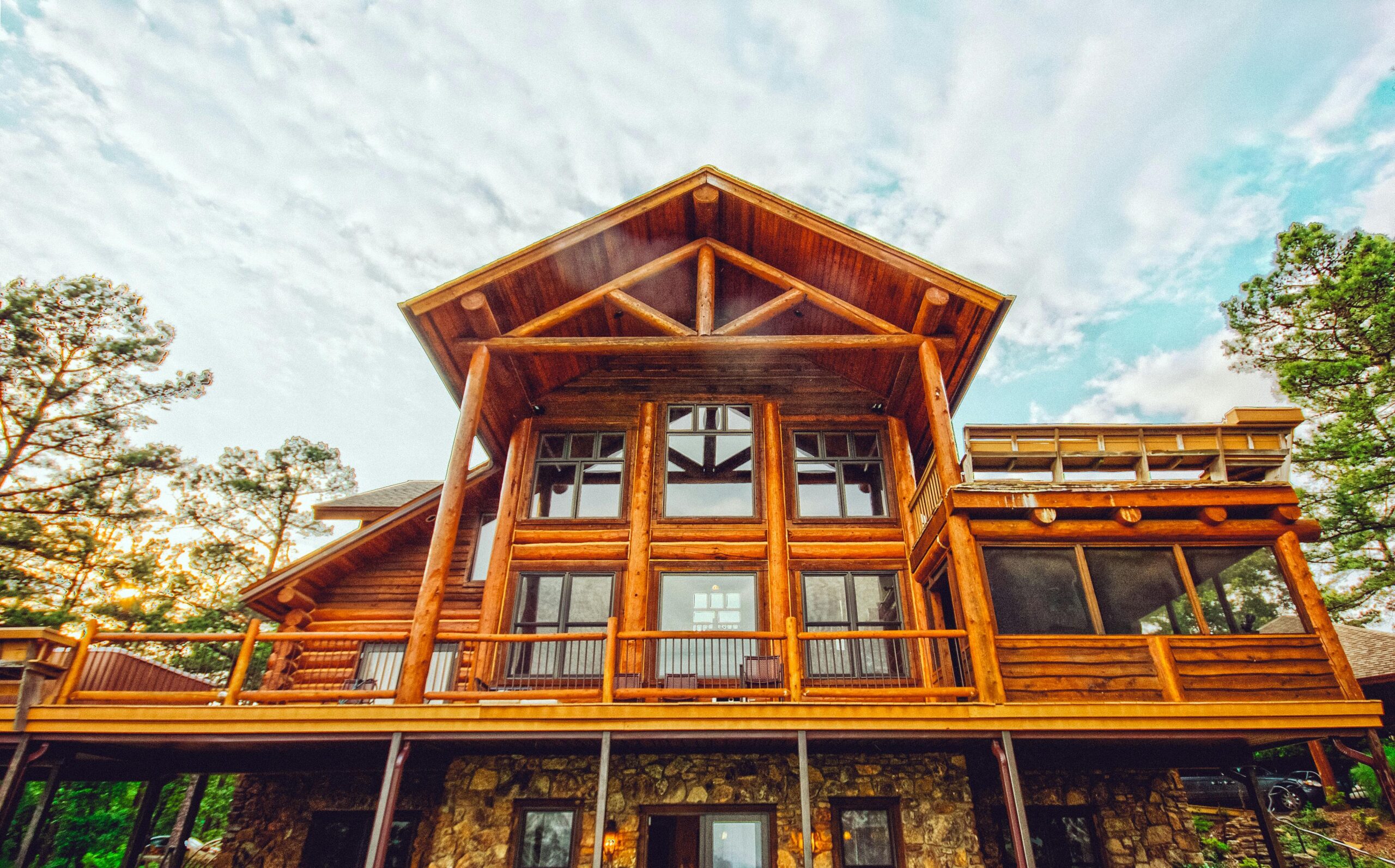The quest for materials that combine beauty, durability, and ease of maintenance is ongoing in architecture and home design. Among the myriad options, architectural timber is a solution that embodies effortless elegance while simplifying maintenance and upkeep. This blog explores how this kind of construction wood, through its natural properties and innovative treatments, offers homeowners and designers a way to balance aesthetic appeal and practicality.
The Timeless Appeal of Timber
Timber has been a cornerstone in the construction and design industries for centuries, beloved for its natural warmth, texture, and versatility. Its ability to blend with various design themes—from rustic to contemporary—makes it a favourite among architects and interior designers. However, traditional timber materials have often been criticised for their maintenance demands. However, this form of wood is a modern take on this classic material, engineered to reduce upkeep without compromising beauty.
Innovations in Timber Treatment
Recent developments in timber treatment technologies have been crucial in improving the durability and longevity of this wood form, significantly enhancing its performance and lifespan. These treatments, from thermal modification to acetylation, protect it from environmental stressors such as moisture, UV rays, and insect damage. As a result, it maintains its integrity and appearance for more extended periods, reducing the need for frequent repairs or replacements.
Thermal Modification: A Natural Enhancer
Thermal modification involves heating wood logs to high temperatures in a controlled environment, fundamentally changing their chemical structure. This process improves their resistance to decay and moisture, significantly extending their lifespan without chemicals. The result is a material that offers the classic beauty of wood with increased durability and a reduced need for maintenance.
Acetylation: The Barrier Against Elements
Acetylation is another groundbreaking treatment that increases timber’s resilience. By altering the wood’s cellular structure, it becomes less prone to swelling and shrinkage caused by changes in humidity. This stability enhances the material’s durability and aesthetic longevity, ensuring its features retain their shape and appearance with minimal upkeep.
Simplifying Maintenance and Upkeep
Timber’s real beauty lies in its low-maintenance profile. The treatments mentioned above drastically reduce the need for regular sealing, staining, or painting. Homeowners can enjoy the natural elegance of the wood without the traditional constant upkeep. A simple cleaning routine is often all needed to keep it looking its best.
Eco-Friendly and Sustainable
Architectural timber is not only easy to maintain but also eco-friendly. Many timber products are sourced from sustainably managed forests, and the treatment processes are increasingly environmentally friendly. This makes it an excellent choice for those looking to reduce their environmental footprint without sacrificing style or quality.
Design Versatility
Beyond its practical benefits, this form of wood offers immense design versatility. Whether aiming for a minimalist look or a more elaborate aesthetic, timber can be shaped, coloured, and finished to meet various design needs. Its natural texture adds depth and character to spaces, while its structural properties allow for innovative uses in interior and exterior applications.
Creating a Breathable Home
The ability of timber to ‘breathe’ makes it exceptionally suitable for use in areas of the home that benefit from natural air regulation, such as living rooms and bedrooms. This characteristic ensures that indoor humidity levels are naturally moderated, reducing the risk of mould growth and creating a healthier environment for families.
Conclusion
Architectural timber represents a harmonious blend of nature’s best qualities with cutting-edge technology. Its ability to simplify maintenance and upkeep while offering unmatched elegance and versatility makes it an ideal choice for modern construction and design projects. As one seeks sustainable, durable, and beautiful materials, this form of wood stands out as a testament to the possibilities of combining tradition with innovation for effortless elegance in your homes and buildings.

